Last Updated on March 7, 2024
Key Takeaways:
- Campground/RV Park Fees: The nightly rates for staying at RV parks or campgrounds can range from $30 to $100 or more, depending on the location, amenities, and time of year. Some parks offer discounts for weekly or monthly stays.
- Utilities: Many RV parks include utilities such as electricity, water, and sewer in their nightly or monthly rates. However, if you choose to boondock (camp without hookups) or stay in a location without included utilities, you may need to budget for these expenses separately.
- Fuel: The cost of fuel for your RV will depend on the distance traveled, fuel efficiency of your RV, and current fuel prices. California typically has higher fuel prices compared to other states, so this expense can add up, especially if you plan to travel frequently.
- Food and Groceries: The cost of food and groceries in California can vary depending on where you shop and your dietary preferences. Prices may be higher in tourist areas or urban centers compared to rural areas.
- Entertainment and Activities: California offers a wide range of entertainment and recreational activities, including national parks, beaches, museums, and cultural events. While some activities may be free or low-cost, others may require admission fees or expenses for equipment rental.
- Healthcare: Healthcare costs, including insurance premiums, co-pays, and out-of-pocket expenses, should be factored into your budget. California has a diverse healthcare system, with options for private insurance, Medi-Cal (California’s Medicaid program), and Medicare.
- Vehicle Maintenance: Regular maintenance and repairs for your RV, including oil changes, tire replacements, and repairs to mechanical or electrical systems, should be budgeted for accordingly.
- Taxes and Registration: California has registration fees and taxes for RVs, which can vary depending on the value and size of the vehicle. Additionally, sales tax may apply to certain purchases made while living in the state.
- Miscellaneous Expenses: Other expenses to consider include laundry costs, internet and communication services, RV insurance, and personal expenses for items such as clothing, toiletries, and recreational equipment.
So you have decided you want to live in an RV, you want to experience the adventure and freedom that comes with life on wheels, but you are not quite sure if you can afford it. California is an expensive state to live in, but you don’t want to leave because it’s beautiful and you have all your friends around. Of course, your cost will differ depending on where you want to be, it’s always cheaper to live outside of a big metro area. Well here is a guide on how to manage your finances so that your monthly cost is either just around $2500 or slightly over that. Yes, this is possible even when you are living in California which is supposed to be very expensive even for people living full time in an RV.
Buying the RV
To minimize your costs, you should buy an RV that is in sound mechanical condition and has not amassed thousands of miles on the road. It would be best if it were new but if you are on a budget it is best to get a used one in a sound mechanical condition so that you do not eventually have to spend a lot on maintenance.
I would recommend going to a dealership and looking at some of the RVs first. It is also important that you have an RV that is not a detached trailer. If you buy a fifth wheel or a trailer, you have to consider the work that’s involved with that. Hitching up takes time and it is not that simple. You will also have two insurance payments. If you buy a Class A, B, or C RV, you will have one single insurance fee. Here are some tips to get a good quality used RV. You should be able to get a good RV for between $10,000 and 50,000 but if you have the cash to splash then you can get one for more than that. I would recommend buying an RV that you can afford without monthly payments.
Parking
The biggest expense most of the time when living full time in an RV is the parking. The good and convenient parks in California tend to be quite expensive almost like paying rent for a studio apartment and the police in some areas of California will give you a ticket if you stay overnight in your RV. Some commercial areas allow RV parking on the side of the road but that is not just loud but sketchy. I would not stay there unless I really need to. It is not entirely impossible to find cheap as well as free parking in California.
If you have to be in one place for a period of time, take a look at Craigslist. Many times you will find listings when people rent their driveway out for RVs.
Another idea is to look up boondocking opportunities around the area you would like to stay. You can find sites online that are dedicated to this and that will help you not have to pay for parking, at least for a particular period. Download some RV park apps like Kampnik to find public lands or the RV parks app to see other options. I like to use Campendium. they only have an app for iPhone, currently not for Android, but you can use your browser to find free overnight parking options or even dump sites. I have also discovered Boondockers Welcome. These places usually allow you to stay only a couple of nights, but if they see you are ok, they might let you stay longer for an agreed price. However, there might be HOAs rules against parking an RV for over a few days. In this case this won’t work.
I mainly boondock lately with my friends in California, and even though these public lands are not that close to cities like Los Angeles, San Francisco, or San Diego, you can find plenty of options: list of free camp options in California
[amazon table=”11071″]
Alternatively, you can become quite a nomad. In California, you can stay at some state or county parks for not more than 2 weeks before you will be asked to leave if you keep on moving around, you end up saving quite a lot. These parks can be expensive but it still beats rent prices and pay utilities. It also helps if you are not a nuisance in the area then no one will feel the need to call the police on you. Act friendly and keep your RV clean.
If you have friends who do not mind you parking in their driveway or backyard then you may also have that option and in that case, you may just have to contribute to electricity and other utilities that you will be using. Once again, do not become a nuisance, and do not overstay your welcome.
Utilities
You can minimize your expenditure on electricity by installing solar panels on the RV which will help with lighting and running your computer, charging your phone, and such power needs. Of course, you will have smaller rooms to place solar panels on the roof of a class B RV than on a Class A or Class C. Use 6 Volt batteries instead of 12 Volt if you cannot afford lithium. 6V batteries hold more power. Lithium batteries are the best, but they are more expensive. If you plan to boondock a lot, then I would even advise upgrading to lithium batteries and a good inverter.
For not-too sunny days you can use your onboard generator (if you have one) to keep your electric appliances running. Many people don’t like generators because they are too noisy but you can find smaller inverter generators that are quieter than the conventional ones. Solar Panels are known to be more environmentally friendly as well. But is that true? Here is a comparison between Solar Panels and Generators.
You can also use public bathrooms to reduce the amount of water you use and how often you will have to empty the holding tank. With my Class C RV, I can be off/grid for about two weeks before I run out of food or water.
Emptying the holding tank
There is free use of the dumpsite at most RV parks in California so you can minimize cost as well by using them but if you are going to pay for the service, just as was mentioned above, use public bathrooms more often so that you will empty the holding tank less often in a week. You can find dump sites on Campendium as well.
Fuel
Naturally, the Vehicle is not going to be parked all the time but all the same, you can take some measures to regulate your movements. Whenever it is possible, use public transport to get around so that you do not spend on fuel quite often.
If it is possible, use your RV as your workstation so that you do not have to travel every day to an office.
Since fuel prices tend to fluctuate a lot, fill up your tank when the prices have gone down, you would be surprised how much you save by doing that.
Now that you have a few tips on how to save money while living in an RV, here is what you are likely to end up spending. This is living out variable expenses like grocery shopping, eating out, entertainment, and the like which usually depend on an individual.
-
Parking fees, parks if and when you actually pay…………………..$600
-
Cell phone bills and internet…………………..$130
-
Propane…………………$80
-
Gas……………….$500
-
RV Insurance…………$120
-
Health Insurance……..$400
-
Groceries and everyday items: $700
As you can see this is 2530 a month and yet there is still the possibility that you may not have to pay regularly for parking so quite a lot is left for you to budget for other expenses that are more personal.


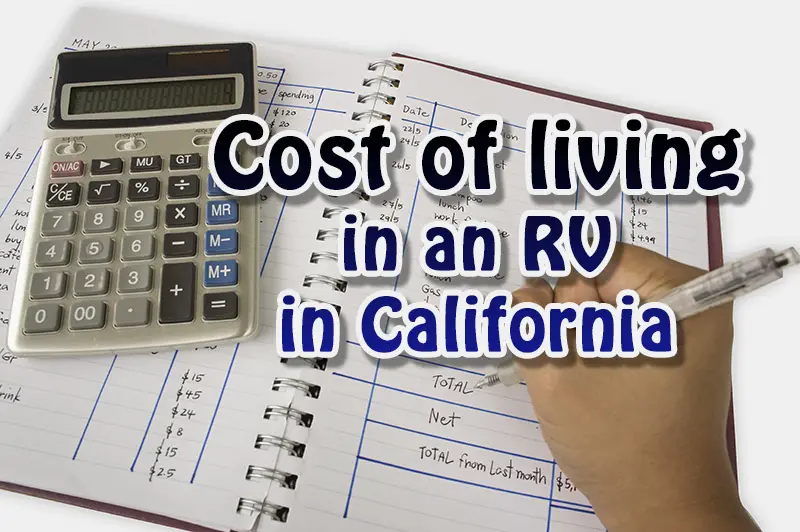
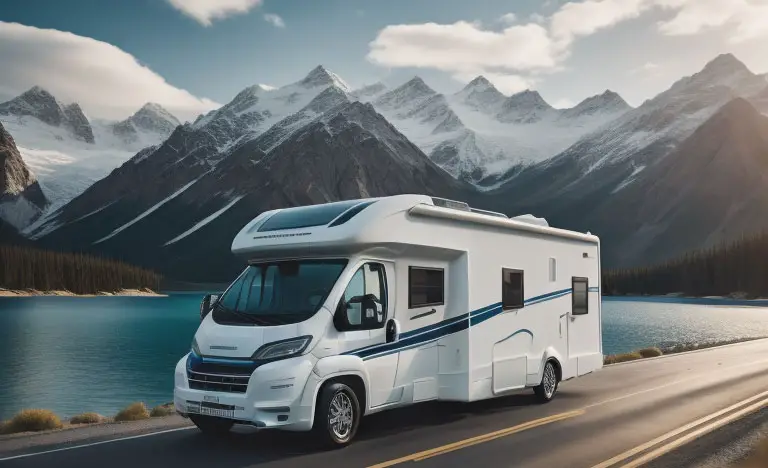

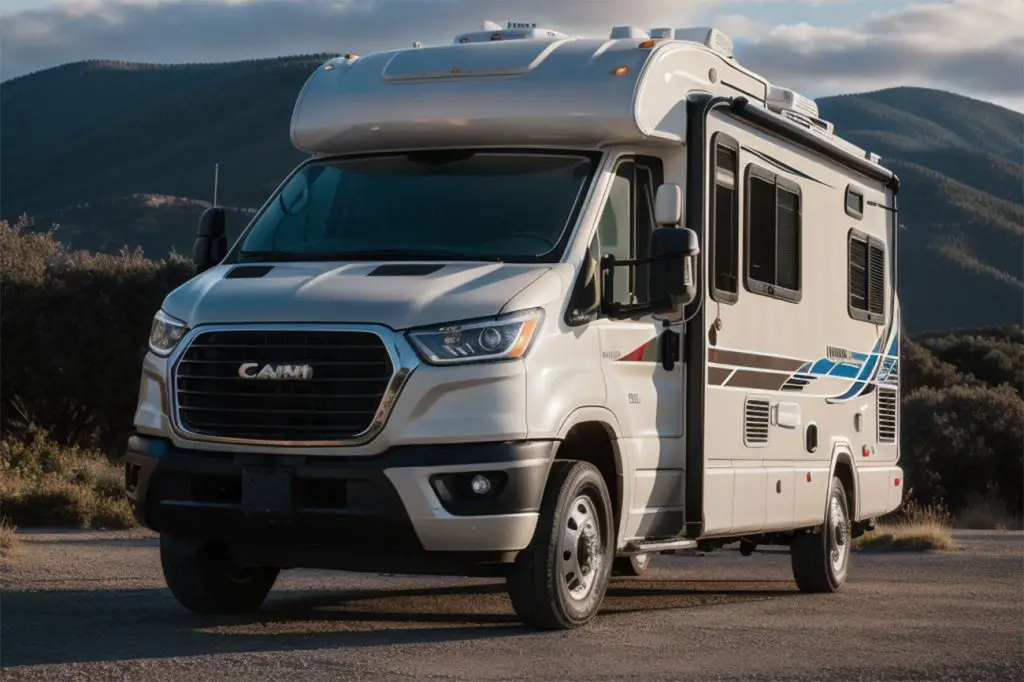
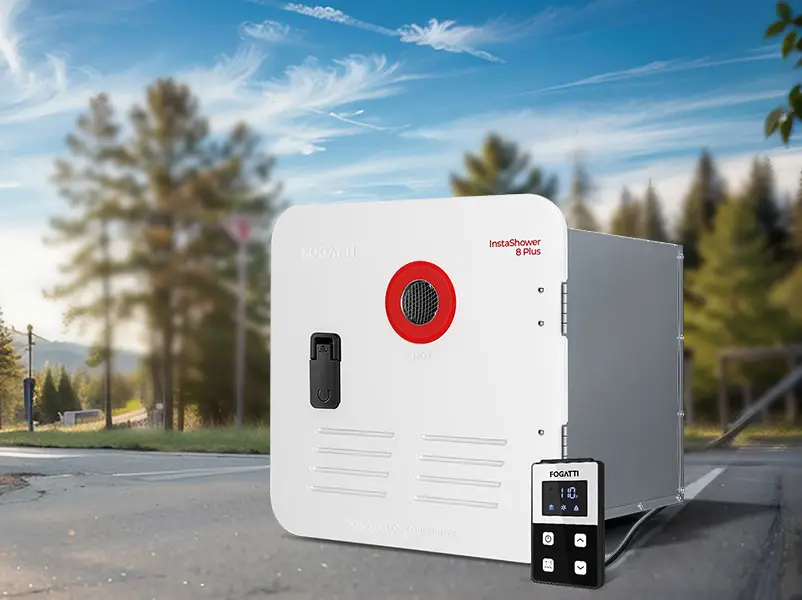
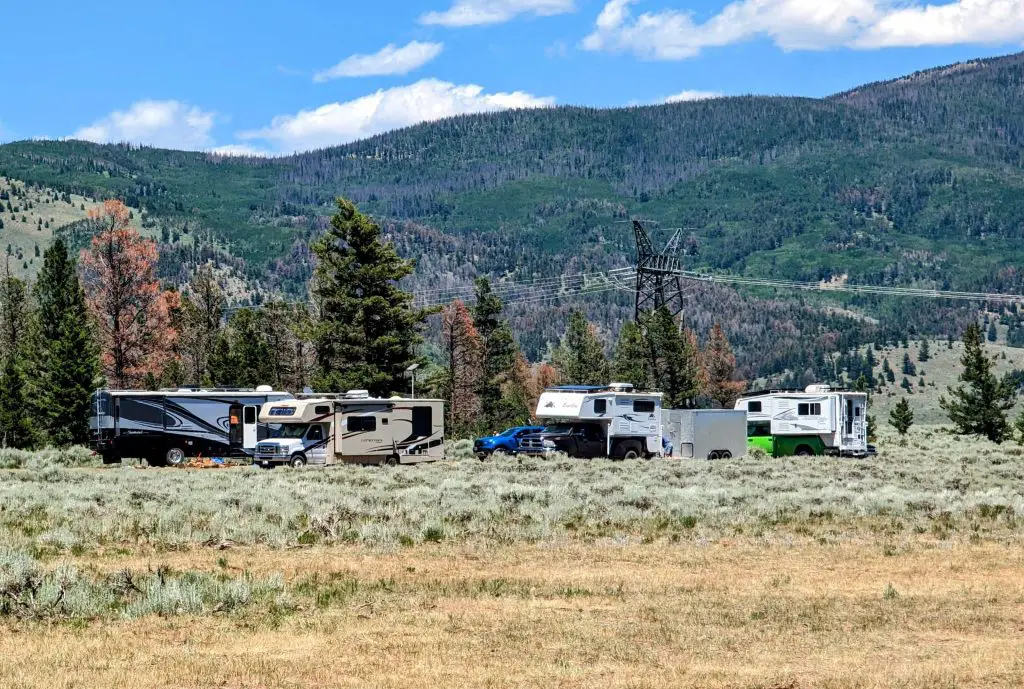
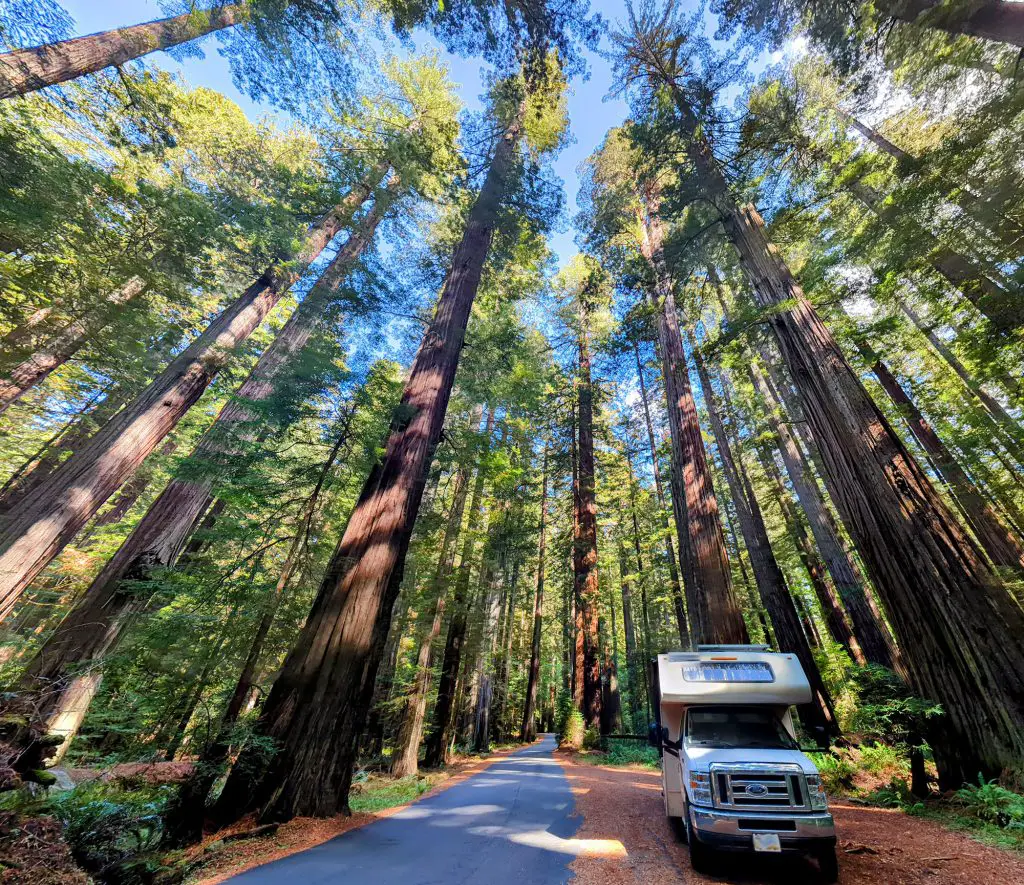

Around $2K as regular spending, Do not forget that we need to spend around $15K-$60K for buying an RV.
BTW that’s for the nice idea. Like it. Going to share it on my FB.